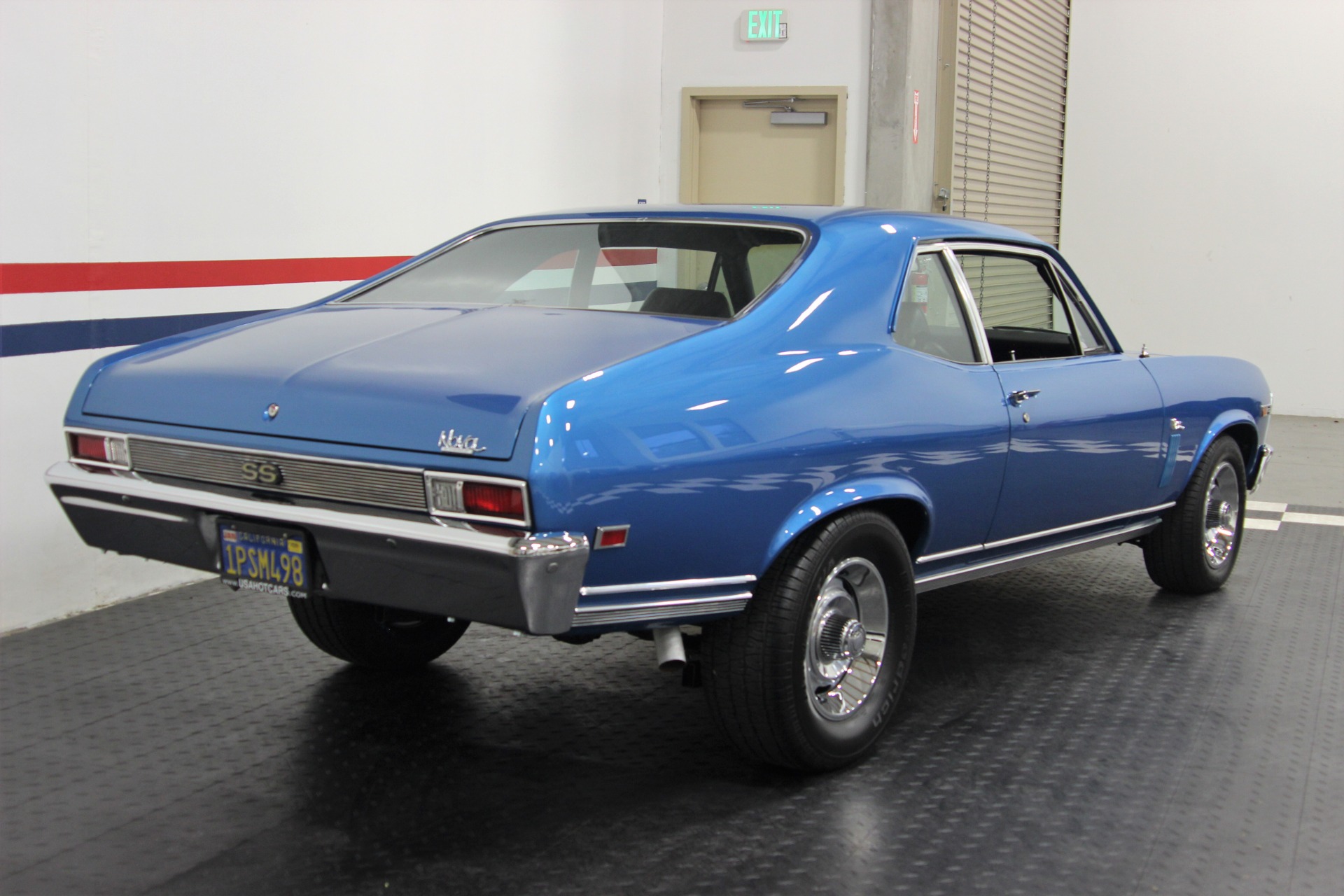
On the down side it doesnt matter how many cubes it is it still JUST a small block.

This was a very good price, as other big-block SS 396 Novas with a fair amount of options listed for $4,500 or more. I would give the win to the 427 SB, with todays aftermarket heads you can get the flow numbers you need for the cubes with out the 427 BB weight.
Superchvy super nova stock 427 f2 pro#
According to Gibb/Chevrolet published records, the suggested retail price, less document fees and taxes, was $3,592.12. The ’67 L78 big-block evolved further, and in 1969 Chevrolet created the most powerful Camaro engine combinations ever: the L72, 425/427 COPO option and the outrageous ZL1, an aluminum. Featuring Classics, Muscle Cars, Street Rod, Hot Rods and Pro Streets. Reverse View Traveling Through Star Fields In Space (Loop) 4k 00:25. The blue planet Neptune moves with a bright light in space. Flying through star fields and galaxies in deep space as a supernova bursts light. This all-new engine is filled with a forged 4340 steel crank with 4.375-inch. Slow rotation of the galaxy around its axis. A strong following had been generated by. That engine would later be used as a base for the development of GM's 4-cylinder sub-compact engines of the late 70's and 80's. It was the first car to offer a Chevrolet 4-cylinder engine since 1928. They would be built in early July at the Willow Run Plant in Ypsilanti, Michigan. The 'King of the Crate Engines' is the new ZZ572/620 that's built around an all-new Gen VI tall deck Bow-Tie big-block. The 153-ci 4-cyl and the 194-ci 6-cyl were all new engines when the Nova debuted on September 29, 1961. Gibb said his dealership would take all of them. To be legal in either eliminator, a total of at least 50 would have to be built. Changing the stall speed in the torque converter was a recently known given, and Gibb thought the 375hp 396 Nova SS could be a winner in Stock and Super Stock Automatic transmission classes.

The blown, injected big-block was tuned using a Holley HP management system. In early 1968, Fred Gibb, owner of Fred Gibb Chevrolet in LaHarpe, Illinois, asked Chevrolet's Product Promotion Manager, Vince Piggins, if it would be possible to build a '68 Nova SS L78 396 with a GM TH400 automatic transmission via the Central Office Production Order (COPO) program. The supplied air-to-water intercooler worked perfectly, dropping inlet air temps by over 100 degrees (using dyno water).


 0 kommentar(er)
0 kommentar(er)
